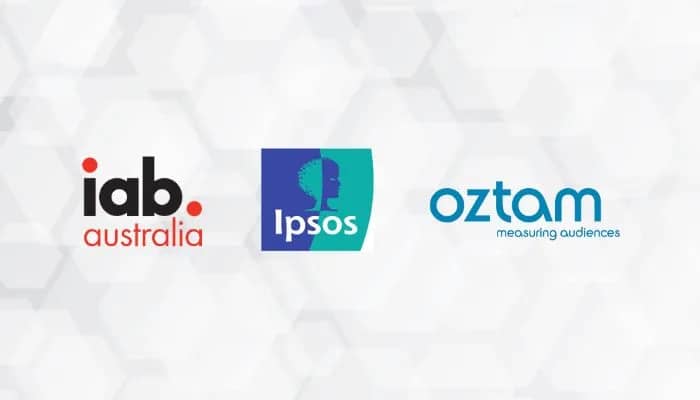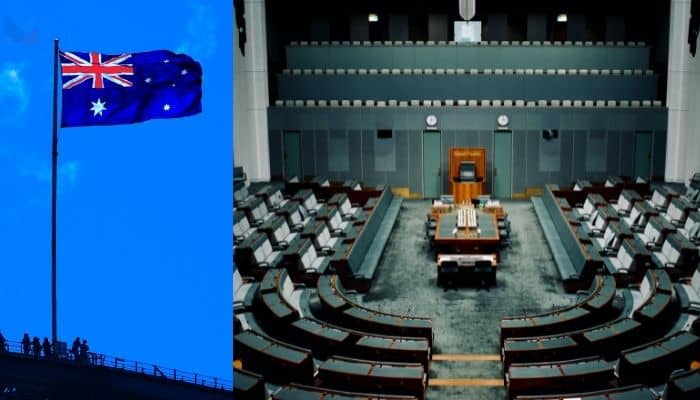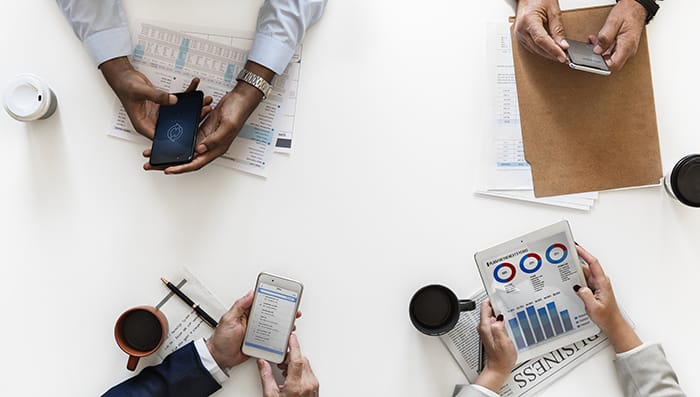Australia – Market research and consulting firm Ipsos has forged a world-first partnership with audience measurement research firm OzTAM to provide cross-channel video audience measurement across multiple devices and content types.
The incorporation of OzTAM’s data into Ipsos iris stands out as a key innovation within the new IAB currency, Ipsos iris. This integration also marks a notable collaboration among media industry measurement entities on a global scale.
For the first time, through this partnership, free-to-air TV networks will be able to provide a complete audience sizing for their digital video and media assets in a trusted currency environment. It also lets media planners merge and compare BVOD audiences on different devices, like connected TV sets (CTVs), with the wide range of media brand audiences measured by Ipsos iris.
Furthermore, this integration will allow media owners and agencies to see the gradual reach of BVOD audiences when added to web and app audiences on all devices using the Ipsos iris platform. They can also compare audience profiles across all devices and content types for BVOD audiences compared to web and app audiences.
The data from OzTAM’s BVOD comes from OzTAM VPM (video player measurement service), which is Australia’s official measurement for BVOD content. The service can track over 16 million connected devices, including CTVs, mobile phones, tablets, and PCs, on a minute-by-minute basis every day.
Meanwhile, IAB digital web and app audience currency is sourced from Ipsos iris’ 8000 device, an industry-recognised, multi-device, single-source panel.
BVOD is a key component of VOZ, Australia’s Total TV reporting standard, which is set to become currency in 2024. VOZ brings together broadcaster viewing on TV sets and connected devices to provide all-screen, cross-platform planning and reporting for Australia’s television industry.
The expansion of CTV metrics in Ipsos iris over the coming months is set to include streaming services, video sharing, and social media platforms.
As part of the immediate expansion of video measurement, Ipsos iris will now also release audience data for video viewing on websites tagged by Ipsos iris. With this, video audiences tagged on news websites can be broken out by device and demo profile.
Simon Wake, CEO at Ipsos ANZ, said, “We are thrilled to partner with OzTAM to deliver a unique set of audience data that enhances the utility of Ipsos iris for cross-channel planning and commercial insights. Data fusion is the best way to retain the integrity and accuracy of audience currency measurement across media channels; it also avoids duplication of cost and brings collaboration and consistency across the media ecosystem. Ipsos has a global reputation for delivering innovation, and this audience data set is an important and world-leading development in audience measurement.”
Karen Halligan, CEO at OzTAM, also shared, “OzTAM is pleased to collaborate with the IAB and Ipsos in defining the Australian video viewing landscape. Partnering with Ipsos to deliver this important new dataset for the media industry further cements OzTAM as the unique, official, and independent market measure for BVOD viewing in Australia.”
Meanwhile, Gai LeRoy, CEO at IAB Australia, commented, “Industry-standard, cross-media audience data is vital to advertisers and agencies, requiring both accountability and ways to evaluate opportunities consistently across media. Common standards within Ipsos iris and OzTAM for robust, transparent, and independent data have set the benchmark for successful cross-media measurement. This is another example of world-leading Australian innovation in digital content measurement, which will ultimately assist advertisers in making smarter cross-screen investment decisions.”
Also speaking on the expansion, Craig Johnson, director of research and insights for audience intelligence at Seven, said, “Seven West Media is excited to have the CTV data from OzTAM combined with the current Ipsos iris digital data. For the first time, the industry will be able to see the total online all-devices and content metrics, showing the strength of Seven, 7plus, 7NEWS.com.au, and The West Australian. This year has been a landmark year for audience measurement, with the launch of VOZ and now the incorporation of CTV data into Ipsos iris.”
Michael Stephenson, chief sales officer at Nine, added, “Nine is pleased to welcome the integration of VOZ data into Ipsos iris digital ratings system. It is a huge advancement in showing the true reach and power of Australian publishers and their value to marketers. For the first time, there will be a single source of measurement across digital platforms that harnesses the world class measurement that OzTAM brings to life with VOZ, allowing advertisers to examine the audience reach of Nine’s total video and online content across 9Now, nine.com.au and our other digital assets. As the media landscape continues to become more fragmented, there is an increasing need for industry collaboration and I congratulate Ipsos and OzTAM for delivering this initiative.”








